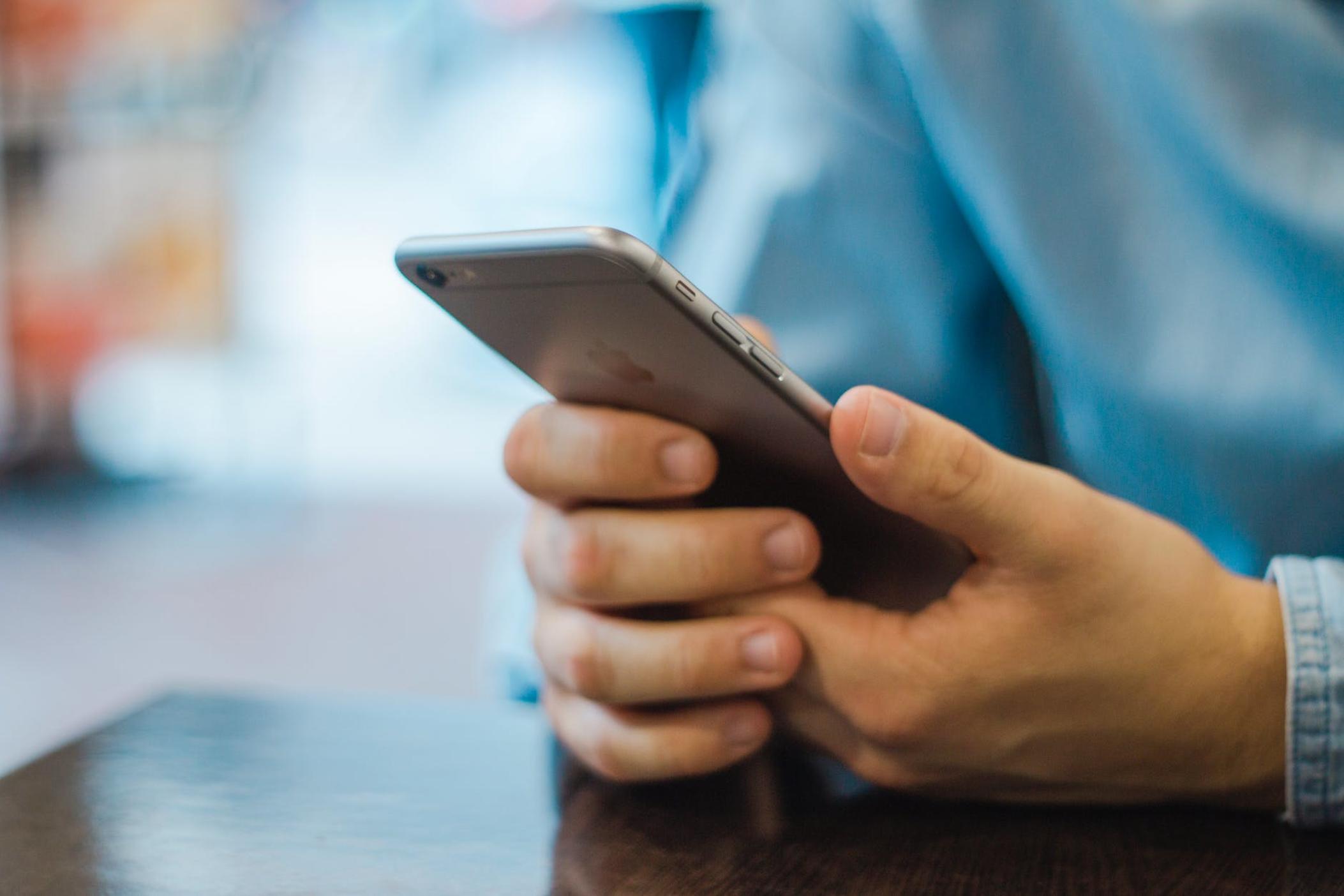Section Branding
Header Content
Who is using 988 in Georgia?
Primary Content
Georgians are using the new national mental health crisis line 988. According to the Georgia Department of Behavioral Health and Developmental Disabilities in the first 45 days, 476 calls resulted in rescues of people whose lives were believed to be in danger.
The national mental health crisis line 988 has been live since mid-July in Georgia. Calling or texting this easy-to-remember number connects people to mental health care immediately.
GPB Morning Edition Host Leah Fleming recently spoke with GPB Senior Health Reporter Ellen Eldridge to find out who is using 988 in Georgia. Eldridge spoke with several state health officials and says Georgians are calling and texting 988.
Ellen Eldridge: First of all, when someone calls 988 the person who answers can speak in English or Spanish. People can use 988 to text or chat as well. But the way it's structured right now, those texts and chats are currently routed to behavioral health professionals outside of Georgia. State teams are working very closely with the national partners to root those calls to Georgia clinicians, but we're not quite there yet.
Leah Fleming: So what happens when someone calls 988?
Ellen Eldridge: Well, the biggest difference with calling 988 instead of 911 is the nature of the emergency. If someone is struggling with depression and not able to get out of bed or take care of their kids, they most likely need to be connected to resources in the community. This is true for 30% of the calls. They just need information and resources and sometimes just a friendly voice to listen. About a quarter of the callers do need someone to respond. And if a mobile crisis team is dispatched, they aren't like EMS or law enforcement. It could take up to an hour to arrive and they don't show up with lights and sirens blaring and all that. If somebody is actively attempting suicide or is homicidal or has a weapon like a gun, then 911 is going to be dispatched and police are going to come out to the scene.
Leah Fleming: So how do the demographics look so far?
Ellen Eldridge: Interestingly, the highest prevalence of calls since July came from rural South Georgia. And suicide rates there have actually increased by 8.3% in 2020, where in some of the more metro areas, suicide rates had fallen. And then as far as the preliminary racial statistics, almost 41% of callers races are unknown or they declined to give the information. 27% of callers are white and just over 30% are Black. It's interesting also to note that in 2019, suicide was the second leading cause of death for Black Americans between the ages of 14 and 25. Dawn Peele is the director of the FDA's Office of Crisis Communication. And she says that children need to know about 988. She says emergency room visits for youth and young people grew by 24% for youth ages 5 to 11 during the pandemic and by 31% for youths ages 12 to 17. Those statistics are from the Centers for Disease Control and Prevention that were collected in the first 30 days of the rollout.


